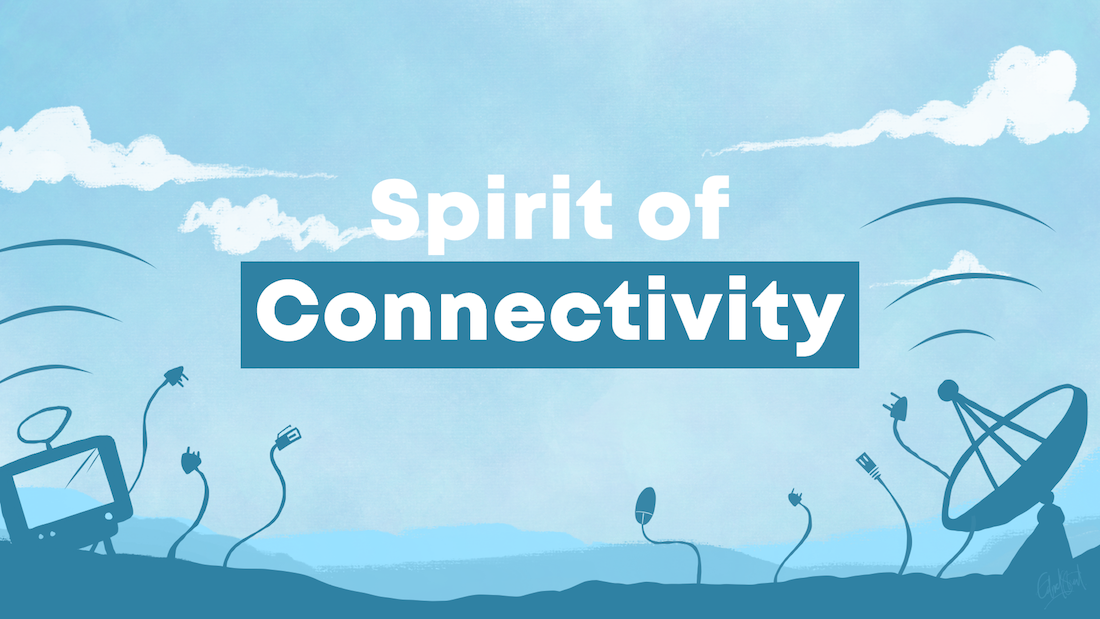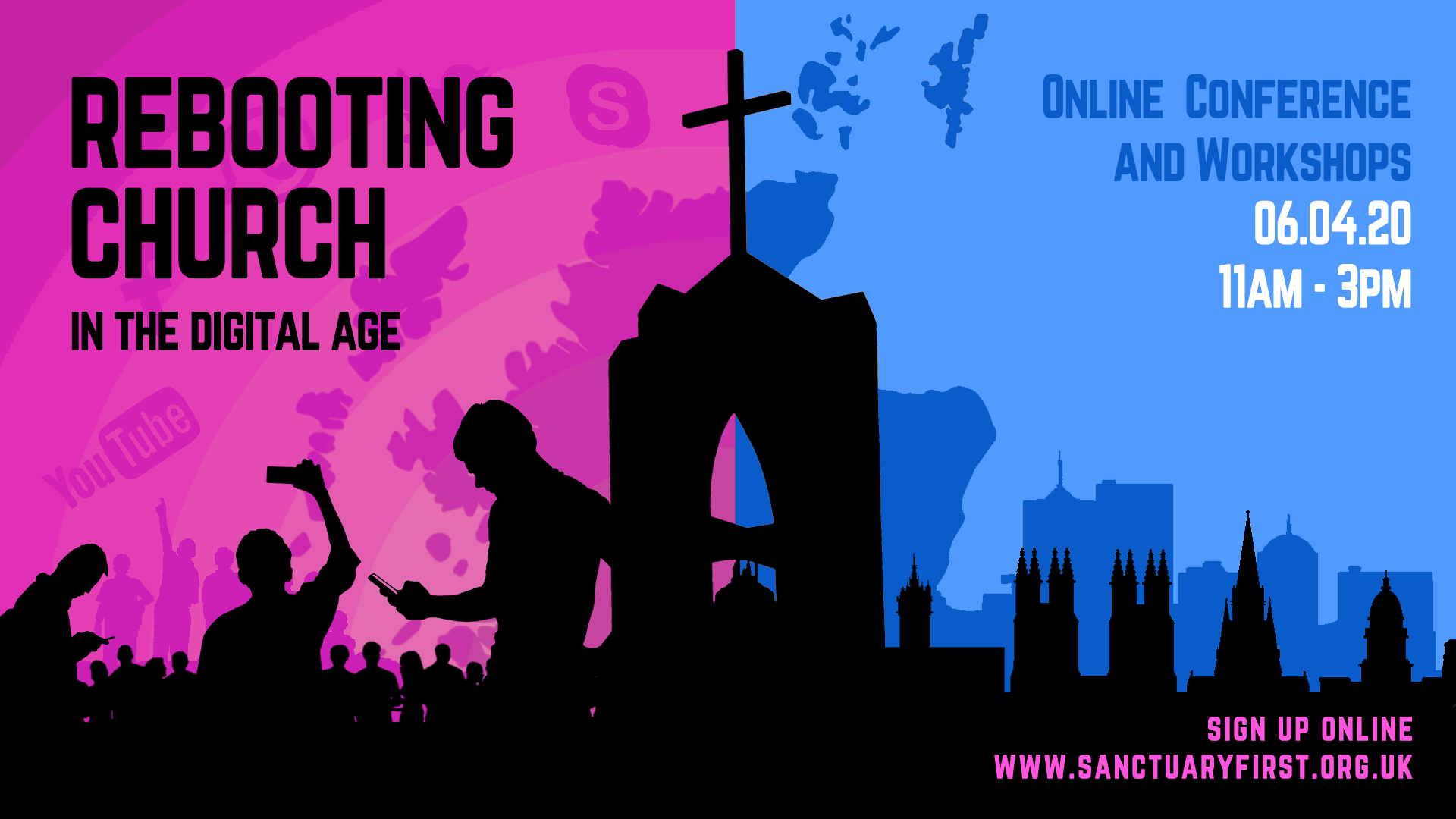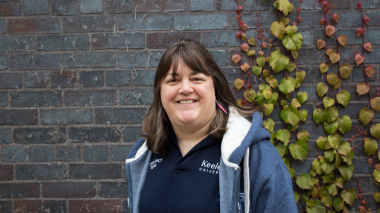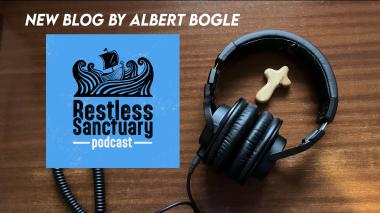A Church Longing To Rise Again [PART 2]
![A Church Longing To Rise Again [PART 2]](/assets/images/uploads/a_church_longing_to_rise_again_part_2.png)
 In part 1 of this article I discussed the virtual church’s open door, new reformations in worship, emotional expression and creating connecting spaces. We are living in an age where people are longing to worship God in Spirit and in truth. Sometimes it is valuable to deconstruct in order to reconstruct and build for the future. Often deconstruction is all about longing. I think there is a great deal more theological and practical thinking that can be carried out to unpack a theology of longing.
In part 1 of this article I discussed the virtual church’s open door, new reformations in worship, emotional expression and creating connecting spaces. We are living in an age where people are longing to worship God in Spirit and in truth. Sometimes it is valuable to deconstruct in order to reconstruct and build for the future. Often deconstruction is all about longing. I think there is a great deal more theological and practical thinking that can be carried out to unpack a theology of longing.
It is also evident within society, that more people than ever are involved in areas of self expression and awareness. There is a rise in the numbers involved in the expressive arts, in sports and also in the use of social media. It could be argued this rise has come about because of a unique spiritual awaking that is happening. There is a new connection that is being made between technology, theology and nature and a great deal of this is happening beyond church walls. Technology is giving us an insight into some of the great theological truths about God. A great many theological questions have been explored through cyber space novels and films. The longing for what we shall be is a profoundly godly aspiration. The Spirit of God is at work in the world far beyond the reach of formal church activities.
For many beyond the church walls it is like a spiritual search for what feels like a memory of something that was in the distant past, a longing for something deeper, and richer in life. In some new way people are evolving with a desire to express feelings, emotions and personal longings for that which cannot be articulated. C. S. Lewis was tuned into this feeling. This sense of longing has been identified in the German word ‘Sehnsucht’, meaning longing or desire, an awareness, a sense of what one feels one once knew has been, yet has never yet been, but will be. Our challenge must surely be to link this longing in the human heart to our spiritual quest for God and the way we create and organise public worship. For many the internet will be the first port of call. We need to invest first of all in producing relevant worshipful content before promoting a marketing strategy for physical church attendance.
There is so much hope and vision-casting that can be described and pondered upon by the word ‘longing’ There is a longing for something new and creative, a longing for something familiar and comforting, a longing for all this to come to an end, yet a longing that everything will no longer be the same. A longing for a much better world. A longing for a different church.
 Facing reality and ritual
Facing reality and ritual
Yet knowing a great deal of what once was will no longer exist, means, we need to be sure of what will exist. In the sacraments we surely have a continuity that will help us build a bridge to a new beginning. At the centre of the Christian’s life is Baptism, a physical expression of a longing to be born anew of the Spirit of God and in the Communion Service, is this not a longing, a foretaste of that fellowship and Communion still to be? There is so much creativity, hope consolation and glory that can be expressed around these two sacraments of the reformed church. We have no poverty of theology or ritual. It is time to re-awaken our souls to the Spirit and presence of God that is already working in our world. Baptism and Communion remind us of God's grace at work in our lives. I hope to write another blog shortly on the relevance of engaging on line with the sacraments.
A re-constructed network
The Church of Scotland was in the middle of an organised deconstruction and along came COVID-19 and within a few weeks the whole structure has been shaken to its foundations. But I believe that we have good foundations to build upon, if we build on our Baptism and the gift of the Lord’s Supper. These rituals are expressions of our longing to become part of the new creation of the risen Christ. And these rituals can be meaningful to a new generation in search of a redeemed creation. The rise of the ecological movement further underlines the theology of longing that can be found at the heart of this generation.
In this article I am arguing there will be deconstruction required in order for a new construction to begin. So what will rebooting the church look like? How can we begin now to build a network? The reality is we need to start where we are and not where we would like to be. However we need to know the trajectory of our reconstruction. I am convinced that we can learn much from the networked church of the first and second centuries .
 Learning from the early church
Learning from the early church
If we are to learn from the early Christians what we build will not be hubs. Hubs can be closed circles. Hubs can be too local. We need to think about connecting with each other on a wider scale, locally, nationally and internationally. A good place to start is to start extending our present networks. This might mean reaching out in a fresh initiative to another local Christian community. It might mean connecting in a new way with an existing local social community. It might mean reaching out to a Christian community in another country. Many of these networks already exist we just need to be open to allow the Holy Spirit to empower the connection lines. Technology opens the door into these networks.
Constructing a NET - Nationally Enabling Transition
At a local level, we need to start reaching out to the congregations who feel they are in trouble and strengthen the links between the weak and the strong. We need to start building and constructing the net to support each other and prevent others from falling trough the net. This will involve the redefining of ministries, offering ministers and congregations new alternatives to what they have known as church. Redefining worship space does not necessarily mean the dissolution of a long established congregation.Sacred spaces can continue online. We can begin to invite the mature congregations to draw upon their resilience and begin to re-construct for the future. This is our opportunity to shape ourselves as a missional network of God’s people. We need to build relationship across a variety of communities from artists to techies to politicians. This is the time to extend the present networks which we all have.
Disrupting, extending and enabling 
The concept of disrupting, extending and enabling put forward by Pete Phillips in his paper at the “Rebooting Church Digital Conference” in April 2020 may well be worth exploring more as we seek to build a robust network of Christian communities across Scotland and the world. Our aim should be connecting with other networks in order to secure the common good and in doing so let our light so shine that others see Jesus.
Things in common with 1st and 21st Centuries
Going back to the New Testament and reading about how the first Christians supported and encouraged each other is inspirational. It is worth considering the context in which they lived in order to help us find solutions. Historians and commentators of social church history tell us that there are important similarities between the 1st and the 21st centuries. The Roman Empire had created a global economy, their politics promoted pluralism in order to maintain the peace and Christians were marginalised because they were unwilling to embrace pluralism. However the way the early church managed to navigate and even collaborate with a pluralist culture can offer us a blueprint from which we can consider what it means to be a grassroots missional networked community of believers.
In part 3 of this blog I hope to journey a little with the first century church and see what lessons we can learn by rediscovering together the importance disrupting, extending and enabling had on the successful growth of early christianity.
Very Rev Albert Bogle, Minister of Sanctuary First




 Add to Favourites
Add to Favourites







Login to comment.